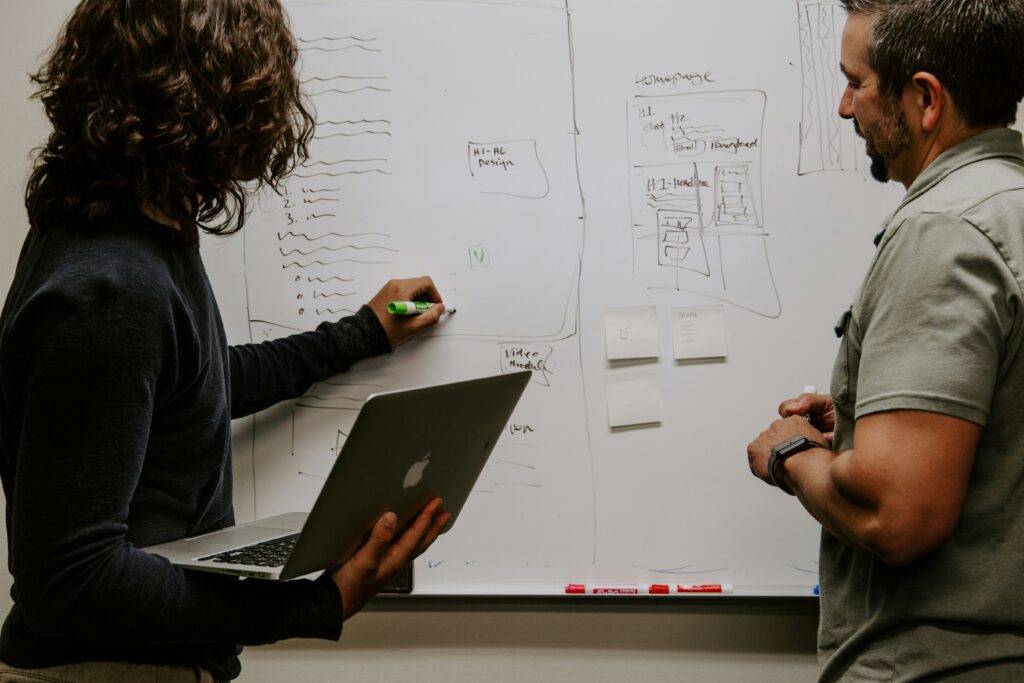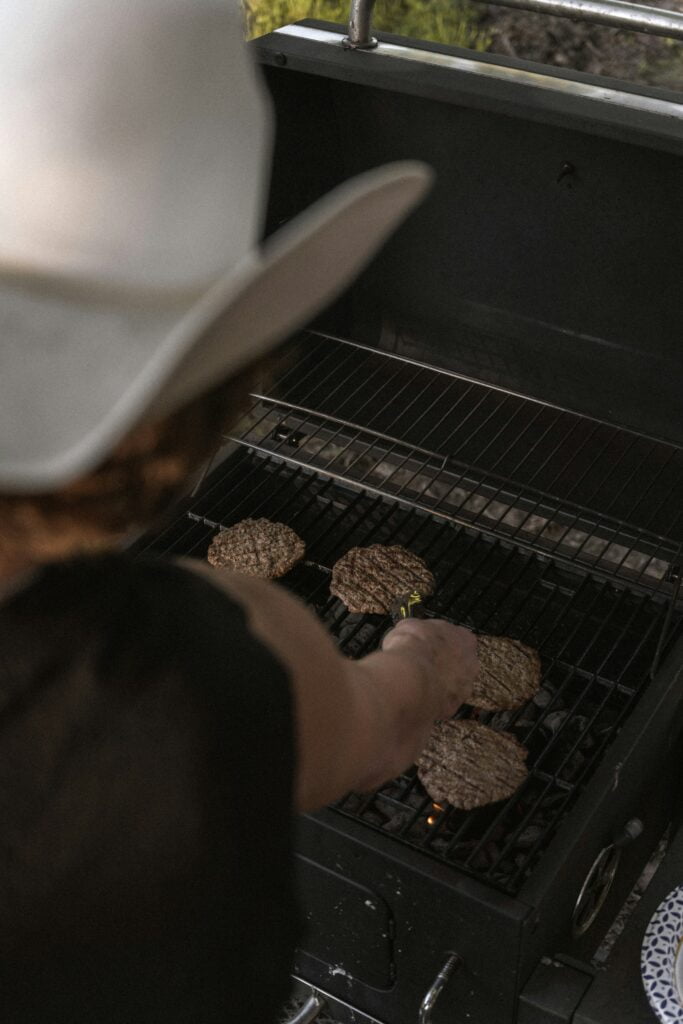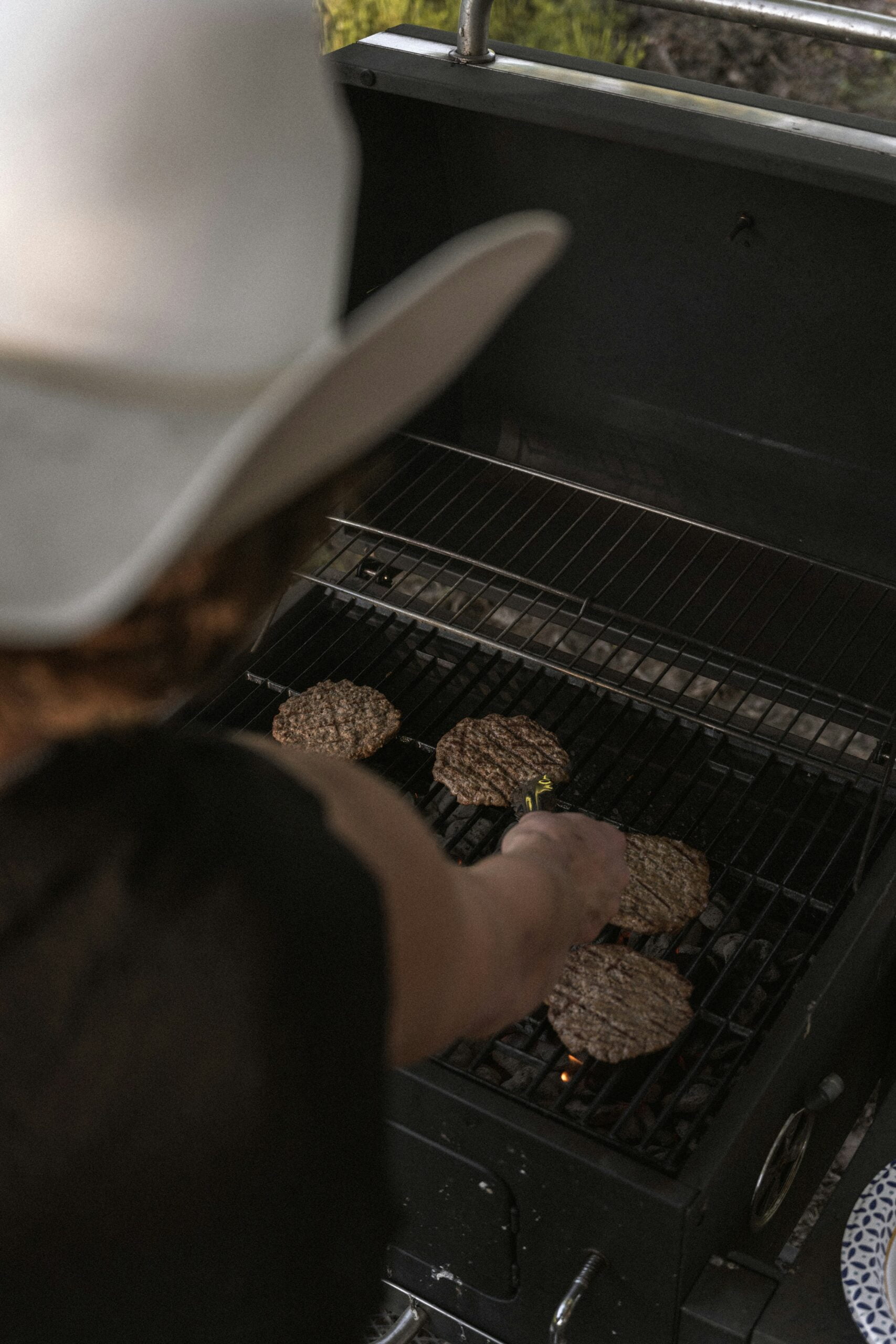Have you ever wondered about the purpose of the chimney in a smoker grill? Well, you’re in luck! In this article, we’re going to explore the importance and function of the chimney in a smoker grill. Whether you’re a seasoned griller or just starting out, understanding how the chimney works can greatly enhance your grilling experience. So, let’s get ready to unravel the mystery behind the chimney and unlock the secrets to achieving perfectly smoked and flavorful meals. The purpose of the chimney in a smoker grill is to facilitate the flow of smoke, regulate grill temperature, prevent over-smoking of food, and enhance the flavor of the food being cooked. The chimney is an essential component that plays a vital role in the overall operation and functionality of a smoker grill.
Understanding a Smoker Grill
Definition of smoker grill
A smoker grill, also known as a barbecue smoker or simply a smoker, is a cooking apparatus specifically designed for slow cooking and smoking food. It combines the features of both a grill and a smoker, allowing you to grill your food while infusing it with smoky flavor.
How smoker grills work
Smoker grills operate by using indirect heat and smoke to cook food slowly and evenly. They typically consist of a main body, a cooking chamber, a firebox, and a chimney. The firebox is where the fuel is burned, generating smoke and heat, which then passes into the cooking chamber. The chimney serves as the outlet for smoke, allowing it to escape from the grill.
Different types of smoker grills
There are various types of smoker grills available on the market, each with its own unique features and advantages. Some popular types include offset smokers, vertical smokers, drum smokers, and electric smokers. Each type caters to different cooking needs and preferences, providing a wide range of options for barbecue enthusiasts.
Components of a Smoker Grill
Main body
The main body of a smoker grill houses the various components, including the cooking chamber, firebox, and chimney. It is typically made of steel or cast iron to ensure durability and heat retention. The size and design of the main body can vary depending on the type and model of the smoker grill.
Cooking chamber
The cooking chamber is where the food is placed for smoking and grilling. It is designed to hold the heat and smoke generated by the firebox, allowing the food to cook slowly and evenly. The size of the cooking chamber can vary depending on the capacity of the smoker grill, with larger models capable of cooking a significant amount of food at once.
Firebox
The firebox is the component of the smoker grill where the fuel, such as charcoal or wood, is burned to generate heat and smoke. It is usually located adjacent to the cooking chamber and is designed to efficiently burn the fuel, ensuring a steady supply of smoke and heat throughout the cooking process.
Chimney
The chimney is the outlet through which the smoke from the firebox escapes the smoker grill. It is located at the top of the main body and is responsible for regulating the amount of smoke and heat in the cooking chamber. The chimney plays a crucial role in controlling the draft, maintaining proper airflow, and preventing the food from becoming over-smoked.

Specific Focus on the Chimney in a Smoker Grill
Location and physical features of the chimney
The chimney is typically situated at the top of the main body, above the cooking chamber. It is often a cylindrical structure, extending vertically from the surface of the cooker. The length and diameter of the chimney can vary depending on the size and design of the smoker grill.
Materials commonly used to construct chimney
Chimneys in smoker grills are commonly made of stainless steel or other heat-resistant materials. These materials are chosen for their durability, heat resistance, and ability to withstand prolonged exposure to smoke and high temperatures. Stainless steel chimneys, in particular, are popular due to their corrosion resistance and easy maintenance.
Role of the Chimney in Smoke and Heat Control
Facilitating the flow of smoke
One of the primary functions of the chimney is to facilitate the flow of smoke out of the smoker grill. As the smoke rises from the firebox, it naturally seeks an exit, and the chimney provides a clear path for it to escape. This continuous flow of smoke helps to ensure that the food is infused with a rich smoky flavor.
Regulating grill temperature
The chimney also plays a crucial role in regulating the temperature inside the smoker grill. By adjusting the position of the chimney damper, you can control the amount of airflow and consequently the amount of heat in the cooking chamber. Opening the damper allows more oxygen to enter, increasing the heat, while closing it restricts the airflow and reduces the temperature.
Preventing over-smoking of food
Over-smoking can result in food that is excessively smoky and bitter in taste. The chimney helps prevent over-smoking by allowing the smoke to escape at a controlled rate. By regulating the airflow through the chimney, you can ensure that the food receives just the right amount of smoke, enhancing the flavor without overpowering it.

Chimney’s Role in Creating Flavor
How smoke imparts flavor to food
Smoke contains various compounds and particles that give food a distinct smoky flavor. As the smoke circulates around the cooking chamber, it comes into contact with the food, infusing it with these flavor compounds. This process creates a unique and desirable taste that is synonymous with smoked and grilled dishes.
Influence of different wood types on flavor
The type of wood used for smoking can significantly impact the flavor of the food. Different woods, such as hickory, mesquite, cherry, and apple, have distinct flavors and aromas that can enhance the taste of different foods. The chimney plays a role in ensuring that the smoke from the selected wood reaches the food, maximizing the flavor infusion.
How chimney affects the flavor
The chimney’s control over the flow of smoke and temperature in the smoker grill directly affects the flavor of the food. By regulating the airflow through the chimney, you can adjust the intensity of the smoke and the time for which the food is exposed to it. This control allows you to achieve the desired balance of smoky flavor, resulting in perfectly seasoned dishes.
Draft Control and Why it Matters
Understanding draft in a smoker grill
Draft, also known as airflow or ventilation, refers to the movement of air within a smoker grill. It is crucial for maintaining a consistent cooking temperature and ensuring that the smoke properly circulates around the food. The draft is influenced by factors such as the size and design of the smoker grill, the position of the chimney, and the control of airflow.
Role of the chimney in draft control
The chimney plays a significant role in controlling the draft within a smoker grill. By adjusting the position of the chimney damper, you can increase or decrease the airflow through the smoker grill. This control allows you to fine-tune the draft and create the ideal cooking environment, ensuring that the food is cooked evenly and the smoke is properly circulated.

Safety Functions of the Chimney
Venting smoke away from users
One of the crucial safety functions of the chimney is to vent the smoke away from the users. Since smoker grills produce a significant amount of smoke, it is essential to prevent the smoke from accumulating near the cooking area or potentially affecting the people around it. The chimney acts as an outlet, directing the smoke away from the grill and creating a safer cooking environment.
Reducing the chance of flare-ups
Flare-ups, caused by fat dripping onto the coals or flames, can pose a fire hazard in a smoker grill. The chimney helps reduce the chance of flare-ups by promoting proper combustion and airflow. By ensuring a steady flow of oxygen and effective smoke ventilation, the chimney minimizes the risk of flames and excessive heat that can lead to dangerous flare-ups.
Promoting efficient combustion
Efficient combustion is essential for a smoker grill to operate safely and effectively. The chimney aids in promoting efficient combustion by allowing a steady supply of oxygen to reach the firebox. This oxygen supports the combustion process, ensuring that the fuel is burned cleanly and efficiently, reducing the production of harmful by-products and enhancing the overall cooking experience.
Maintenance and Care for Smoker Grill Chimney
Regular inspection of chimney functionality
To ensure the optimum performance of the chimney in a smoker grill, it is essential to regularly inspect its functionality. Check for any blockages or obstructions in the chimney that could impede the flow of smoke. Additionally, examine the condition of the chimney and look for any signs of damage, such as rust or cracks, that may require repairs or replacements.
Cleaning tips for efficient operation
Proper cleaning is crucial for maintaining the efficiency of the chimney in a smoker grill. Regularly remove any built-up soot, creosote, or other debris from the chimney. This can be done using a chimney brush or specialized cleaning tools designed for smoker grills. Additionally, ensure that the chimney damper is kept clean and free from any debris that may obstruct airflow.
Potential issues and how to troubleshoot
In the event of any issues or malfunctions with the chimney in a smoker grill, troubleshooting may be necessary. Common issues include poor draft control, excessive smoke, or difficulty in maintaining a consistent temperature. To troubleshoot, check for any blockages, adjust the position of the chimney damper, and evaluate the overall airflow within the smoker grill. If problems persist, consult the manufacturer’s guidelines or seek professional assistance.
Accessory Attachments to Enhance Chimney Performance
Extension tubes
Extension tubes can be attached to the chimney of a smoker grill to increase its height. This extension allows for better control of draft and airflow, especially in situations where the smoker grill is located in a windy area. Extension tubes help to prevent any backdraft or fluctuation in temperature, ensuring consistent cooking conditions and enhancing the overall performance of the chimney.
Rain caps
Rain caps are protective covers designed to fit over the top of the chimney, preventing rain and other debris from entering the smoker grill. These caps help to maintain the cleanliness of the chimney, preventing any potential blockages or damage caused by water or foreign objects. By keeping the chimney clear and free from obstructions, rain caps enhance the functionality and longevity of the chimney.
Heat resistant seals
Heat resistant seals, also known as gaskets, are accessories that can be used to create a tight seal between the chimney and the main body of the smoker grill. These seals help to prevent any leakage of smoke or heat, ensuring that the smoke is effectively channeled through the chimney. By improving the seal and minimizing any gaps, heat resistant seals contribute to better draft control and overall efficiency.
Conclusion: Vitality of the Chimney in a Smoker Grill
Summary of the chimney’s roles in grill operation
In summary, the chimney in a smoker grill plays a crucial role in facilitating the flow of smoke, regulating grill temperature, preventing over-smoking of food, and enhancing flavor. It also contributes to draft control, safety, and efficient combustion. Through its functionality and design, the chimney ensures that your food is cooked with the perfect amount of smoky flavor and that your smoker grill operates at its best.
The importance of proper maintenance
To fully harness the benefits of the chimney in a smoker grill, proper maintenance is essential. Regular inspection, cleaning, and troubleshooting should be part of your routine to keep the chimney in optimal condition. By taking care of the chimney and addressing any issues promptly, you can ensure consistent performance, enhance the longevity of your smoker grill, and continue to enjoy delicious smoked and grilled creations for years to come.

